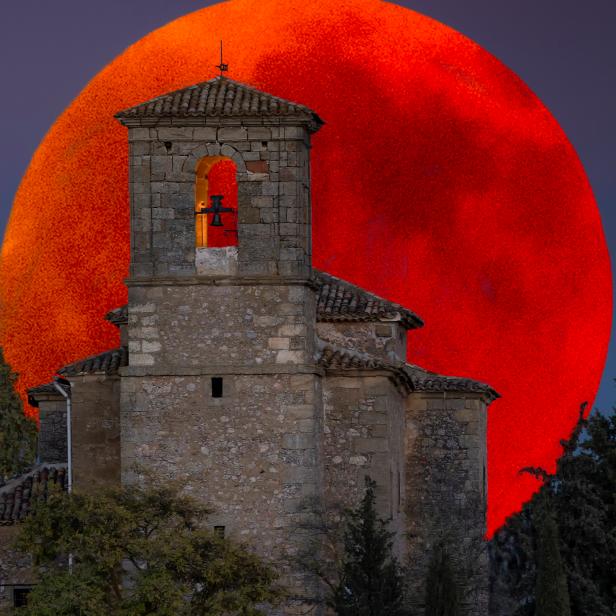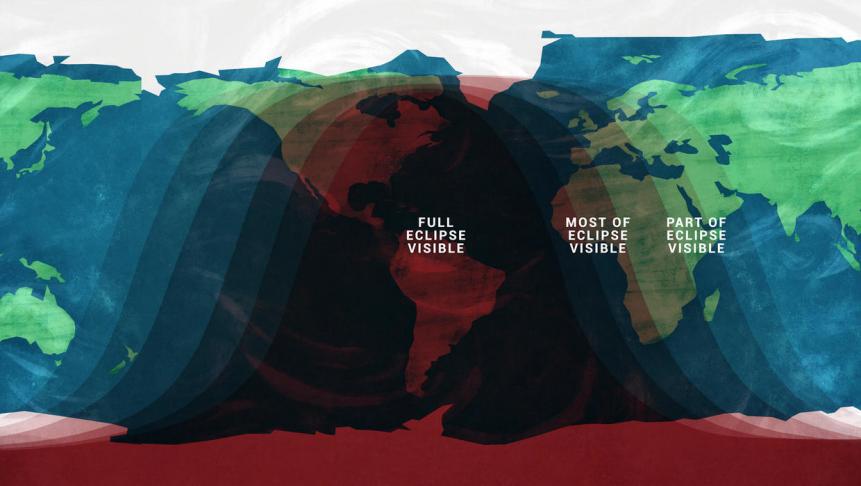
Miguel Angel Ortega / Getty
Watch the Super Flower Blood Moon Total Lunar Eclipse
Those located in the Americas, Europe, or Africa can see this rare total lunar eclipse during the night of May 15, 2022.
The May full moon is also a supermoon, meaning it appears larger and brighter than a typical full moon. This event occurs when the Moon is at its closest point to Earth in its orbit, known as the perigee.
About the blood moon
During a lunar eclipse, the moon can appear to have a reddish color. As some sunlight reaches the lunar surface by reflecting off the Earth's atmosphere, some colors in the light spectrum are filtered out through a phenomenon called Rayleigh scattering. Red wavelengths are not filtered out as much as other colors, hence why the fully eclipsed moon takes on a red glow.
How to Watch
There are no special glasses needed to view a lunar eclipse, unlike a solar eclipse which can cause eye damage. Anyone can look up into the sky to view the moon at night. A telescope is recommended to enhance the viewing experience. The eclipse will become visible around 10:30 PM ET on Sunday, May 15 when the moon crosses into Earth's shadow. The moon will become completely hidden by our planet's shadow shortly after midnight, for about an hour and a half.

NASA/JPL-CALTECH
Not in an ideal viewing area? Livestream the eclipse with Lowell Observatory this Sunday. Lowell Observatory will share live views of the eclipse as it approaches totality, using a TEC 5.5-inch refracting telescope at Lowell’s Giovale Open Deck Observatory. Lowell Observatory educators will also discuss the science of eclipses, the best ways to view them, Lowell’s history with the Moon, and more starting at 7:15P PDT from Flagstaff, Arizona.


















